Home>Gardening & Outdoor>Outdoor Entertaining>How To Fix A Rusted Fire Pit
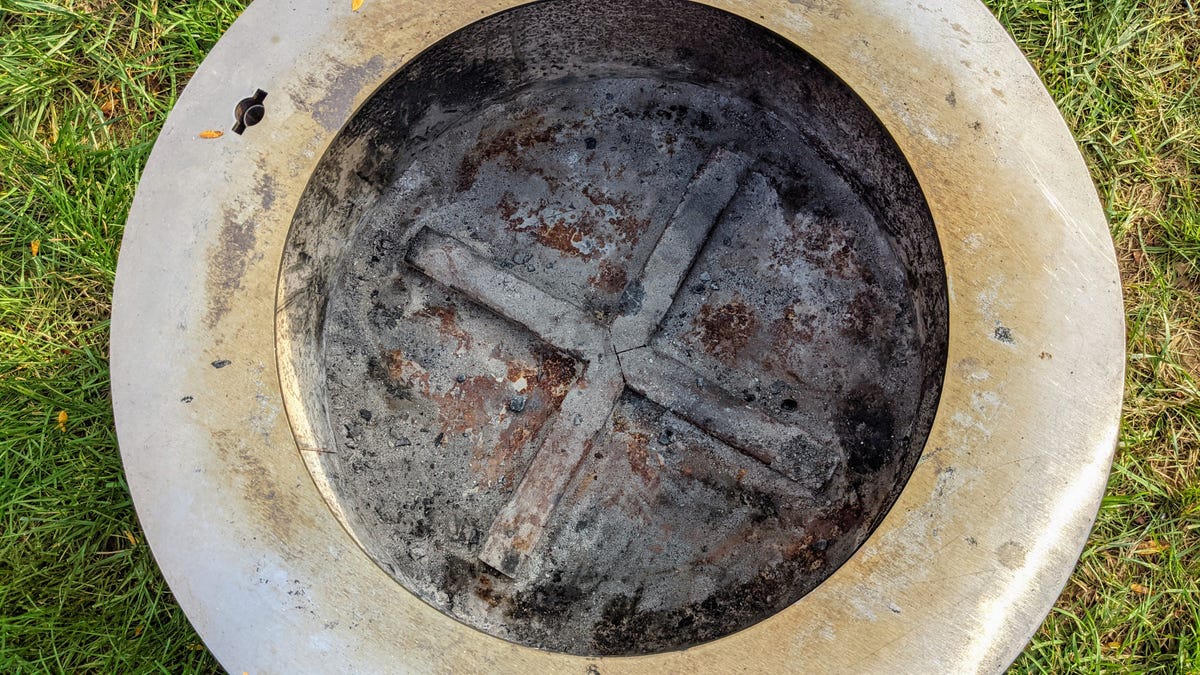

Outdoor Entertaining
How To Fix A Rusted Fire Pit
Published: January 11, 2024
Learn how to restore your rusted fire pit for outdoor entertaining. Follow our step-by-step guide to bring new life to your outdoor space.
(Many of the links in this article redirect to a specific reviewed product. Your purchase of these products through affiliate links helps to generate commission for Storables.com, at no extra cost. Learn more)
Introduction
So, you"ve decided to host a cozy outdoor gathering around your fire pit, but as you prepare for the event, you notice something unsightly: rust. Don"t worry – you"re not alone. Rust is a common issue for fire pit owners, especially those with steel or iron fire pits. However, with the right knowledge and a bit of elbow grease, you can easily restore your fire pit to its former glory.
In this guide, we"ll delve into the world of rusted fire pits, exploring the causes of rust, assessing the damage, and providing step-by-step instructions for cleaning and removing rust. We"ll also discuss preventative measures to help you keep rust at bay in the future. By the time you finish reading, you"ll be equipped with the expertise to tackle rust and ensure that your fire pit remains a stunning centerpiece for your outdoor entertainment area.
So, grab your work gloves and let"s dive into the fascinating realm of fire pit restoration.
Key Takeaways:
- Rust on fire pits is caused by moisture, oxygen, and debris. Regular cleaning, maintenance, and protective coatings can prevent rust and extend the life of your fire pit.
- To restore a rusted fire pit, assess the damage, clean the surface, remove rust using wire brushing or chemical removers, and apply preventive measures to protect against future rust.
Read more: How To Keep A Fire Pit From Rusting
Understanding the Causes of Rust
Rust is the bane of many outdoor metal fixtures, and fire pits are no exception. To effectively combat rust, it”s essential to understand why it occurs in the first place. The primary catalyst for rust formation is moisture, which triggers a chemical reaction in metal known as oxidation. When moisture, particularly in the form of rain, dew, or humidity, comes into contact with iron or steel, it initiates the rusting process.
Another significant factor in rust formation is exposure to oxygen. When metal is exposed to air, especially in the presence of moisture, the iron molecules in the metal react with the oxygen molecules, resulting in the formation of iron oxide, commonly known as rust.
Furthermore, environmental elements such as salt, which is prevalent in coastal areas, can expedite the rusting process. Salt acts as an electrolyte, accelerating the flow of electrons between the metal and the surrounding moisture, leading to faster rust formation.
Additionally, the accumulation of debris, such as leaves, dirt, and other organic matter, on the surface of the fire pit can exacerbate rust. These materials trap moisture against the metal, creating an ideal environment for rust to develop.
Understanding these underlying causes of rust is crucial for devising effective strategies to prevent and address it. By recognizing the role of moisture, oxygen, environmental factors, and debris, you can implement targeted measures to protect your fire pit from rust and prolong its lifespan.
Assessing the Damage
Before embarking on the journey to restore your rusted fire pit, it”s essential to assess the extent of the damage. This initial evaluation will help you determine the appropriate course of action and the level of restoration required.
Begin by conducting a visual inspection of the fire pit. Look for areas where rust is prevalent, focusing on both the exterior and interior surfaces. Pay close attention to any areas where the metal may be compromised, such as thinning or pitting due to extensive rusting.
Next, assess the structural integrity of the fire pit. Check for any signs of corrosion that may have weakened the metal, potentially compromising its stability and safety. If you notice significant corrosion or deterioration, it”s crucial to address these issues promptly to ensure the fire pit remains safe to use.
Consider the impact of the rust on the fire pit”s aesthetic appeal. Rust can detract from the overall appearance of the fire pit, diminishing its visual allure. Take note of any areas where the rust is particularly conspicuous or widespread, as these will require focused attention during the restoration process.
Finally, evaluate the functionality of the fire pit. Determine whether the rust has affected any essential components, such as the fire bowl, grates, or ventilation openings. Assessing the impact of rust on these functional elements will guide your efforts in restoring the fire pit to optimal working condition.
By thoroughly assessing the damage, you can develop a comprehensive understanding of the rust-related issues affecting your fire pit. This knowledge will serve as the foundation for the subsequent steps in the restoration process, enabling you to address the damage effectively and restore your fire pit to its former glory.
Cleaning the Fire Pit
Before tackling the rust itself, it”s crucial to start with a clean slate. Cleaning the fire pit thoroughly will not only remove dirt, debris, and loose rust particles but also provide a clear surface for the subsequent rust removal and restoration processes.
Begin by clearing out any remaining ashes, wood, or other debris from the fire pit. Use a small shovel or brush to sweep away the remnants, ensuring that the fire pit is free from any combustible materials.
Next, prepare a gentle cleaning solution. A mixture of mild dish soap and warm water is often effective for removing surface grime and preparing the metal for further treatment. Using a sponge or soft-bristled brush, gently scrub the interior and exterior surfaces of the fire pit with the cleaning solution. Pay particular attention to areas where rust is present, as thorough cleaning will help reveal the extent of the rust damage.
Rinse the fire pit thoroughly with clean water to remove any soapy residue. Once rinsed, allow the fire pit to dry completely before proceeding to the next phase of rust removal. Ensuring that the metal is dry will prevent the formation of new rust during the restoration process.
Inspect the fire pit after cleaning to assess the impact of the cleaning process. You may find that the removal of surface grime and loose rust has already improved the appearance of the fire pit to some extent, providing a glimpse of the potential restoration to come.
By taking the time to clean the fire pit meticulously, you set the stage for the subsequent steps in the rust removal process. A clean surface will facilitate the application of rust removal products and treatments, ultimately contributing to the successful restoration of your fire pit.
To fix a rusted fire pit, start by removing the rust with a wire brush or sandpaper. Then, apply a high-heat paint to prevent further rusting. Finally, regularly clean and maintain the fire pit to prevent future rust.
Removing Rust
With the fire pit cleaned and prepared, it”s time to address the rust that has marred its appearance. Several methods can be employed to effectively remove rust from a fire pit, each offering unique benefits and varying levels of intensity.
Wire Brushing: For light to moderate rusting, a wire brush can be a valuable tool for loosening and removing surface rust. Using a wire brush, gently scrub the rusted areas of the fire pit, working in a circular motion to dislodge the rust particles. This method is particularly effective for addressing localized areas of rust and preparing the surface for further treatment.
Chemical Rust Removers: There are numerous rust removal products available that are specifically formulated to dissolve and eliminate rust from metal surfaces. These products often contain active ingredients that react with the rust, breaking it down and making it easier to remove. When using chemical rust removers, it”s essential to follow the manufacturer”s instructions carefully and take appropriate safety precautions, such as wearing gloves and eye protection.
Vinegar Soaks: A natural and environmentally friendly rust removal method involves soaking the rusted parts of the fire pit in vinegar. The acetic acid in vinegar can help dissolve rust, making it easier to scrub away. After soaking the affected areas, use a brush or abrasive pad to remove the loosened rust, then rinse the fire pit thoroughly and allow it to dry.
Sandblasting: For severe rusting or large fire pits, professional sandblasting may be necessary to remove stubborn rust and restore the metal to its original condition. Sandblasting involves propelling fine particles at high velocity to abrade the surface, effectively stripping away rust and corrosion. This method is best performed by experienced professionals who can ensure the safe and thorough removal of rust without damaging the underlying metal.
After employing the chosen rust removal method, thoroughly clean the fire pit to remove any residual rust particles and treatment products. This will prepare the fire pit for the next phase of the restoration process, ensuring that the surface is free from rust and ready for preventative measures to be applied.
By effectively removing rust from your fire pit, you can rejuvenate its appearance and extend its longevity, allowing you to continue enjoying outdoor gatherings around a beautifully restored focal point.
Read more: How To Get Rust Off A Fire Pit
Preventing Future Rust
Having invested time and effort into restoring your fire pit, it”s essential to implement preventive measures to safeguard it against future rust formation. By proactively addressing the underlying causes of rust and applying protective treatments, you can prolong the life of your fire pit and maintain its aesthetic appeal for years to come.
Protective Coatings: Applying a high-temperature paint or metal-specific protective coating to the fire pit can create a barrier that shields the metal from moisture and oxygen, effectively inhibiting rust formation. These coatings are designed to withstand the heat generated during use and provide long-lasting protection against the elements.
Regular Cleaning and Maintenance: Establish a routine for cleaning and inspecting your fire pit to remove debris and identify any early signs of rust. Regular maintenance allows you to address minor issues before they escalate, preserving the integrity of the metal and minimizing the risk of extensive rusting.
Covering and Storage: When the fire pit is not in use, consider covering it with a weather-resistant, breathable cover to shield it from rain, snow, and other environmental factors that contribute to rust. Additionally, if the fire pit will be out of use for an extended period, such as during the winter months, consider storing it in a dry, sheltered location to prevent prolonged exposure to moisture.
Proper Drainage: Ensure that the fire pit is positioned in an area with adequate drainage to prevent water from pooling around the base. Standing water can accelerate rust formation, so maintaining proper drainage will help minimize the risk of moisture-related rusting.
Rust Inhibitors: Consider using rust inhibiting products or treatments designed to protect metal surfaces from corrosion. These inhibitors can be applied after cleaning and before storage, providing an additional layer of defense against rust formation.
By incorporating these preventive measures into your fire pit maintenance routine, you can fortify its resistance to rust and preserve its condition for years of enjoyment. With proper care and attention, your fire pit will continue to serve as a captivating centerpiece for outdoor gatherings, enhancing the ambiance and warmth of your outdoor entertainment area.
Conclusion
As you conclude your journey through the realm of rusted fire pits, you have gained valuable insights into the causes of rust, methods for assessing damage, and effective strategies for restoring and preventing rust. Armed with this knowledge, you are well-equipped to embark on the restoration of your fire pit, ensuring that it remains a cherished and functional element of your outdoor entertainment space.
Remember, rust is not a permanent blemish but rather a challenge that can be overcome with the right approach. By taking proactive steps to address rust and implement preventive measures, you can preserve the beauty and functionality of your fire pit for years to come.
As you engage in the restoration process, embrace the opportunity to breathe new life into your fire pit, transforming it from a weathered fixture to a rejuvenated focal point that beckons friends and family to gather around its warm glow. The restoration journey is not just about removing rust; it”s about revitalizing a beloved outdoor feature and creating lasting memories around its radiant warmth.
So, roll up your sleeves, gather your supplies, and set out to restore your fire pit to its former splendor. With patience, care, and a touch of creativity, you can conquer rust and ensure that your fire pit continues to kindle moments of joy, laughter, and connection in the heart of your outdoor haven.
As you gaze upon your gleaming, rust-free fire pit, take pride in knowing that you have preserved a cherished space for outdoor gatherings, where the flickering flames and crackling embers weave tales of camaraderie and warmth beneath the open skies.
May your restored fire pit serve as a beacon of hospitality and comfort, inviting all who gather around it to share in the timeless allure of outdoor entertainment, illuminated by the enduring glow of a fire pit reborn.
Frequently Asked Questions about How To Fix A Rusted Fire Pit
Was this page helpful?
At Storables.com, we guarantee accurate and reliable information. Our content, validated by Expert Board Contributors, is crafted following stringent Editorial Policies. We're committed to providing you with well-researched, expert-backed insights for all your informational needs.
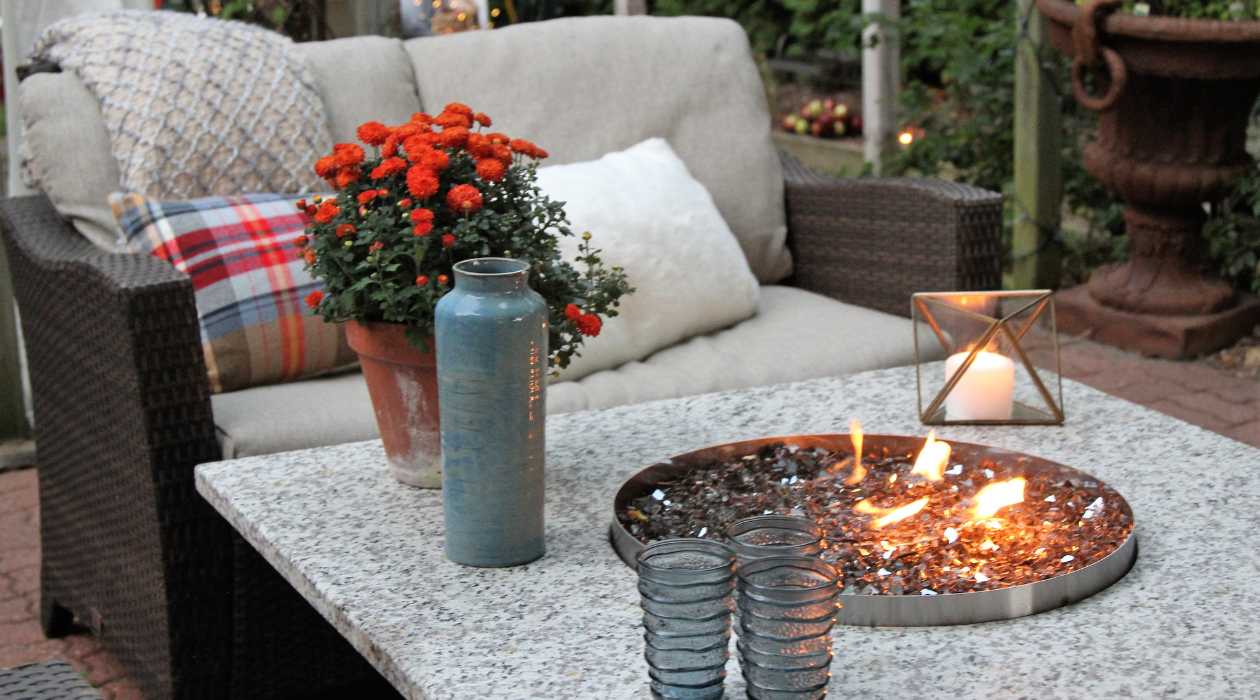
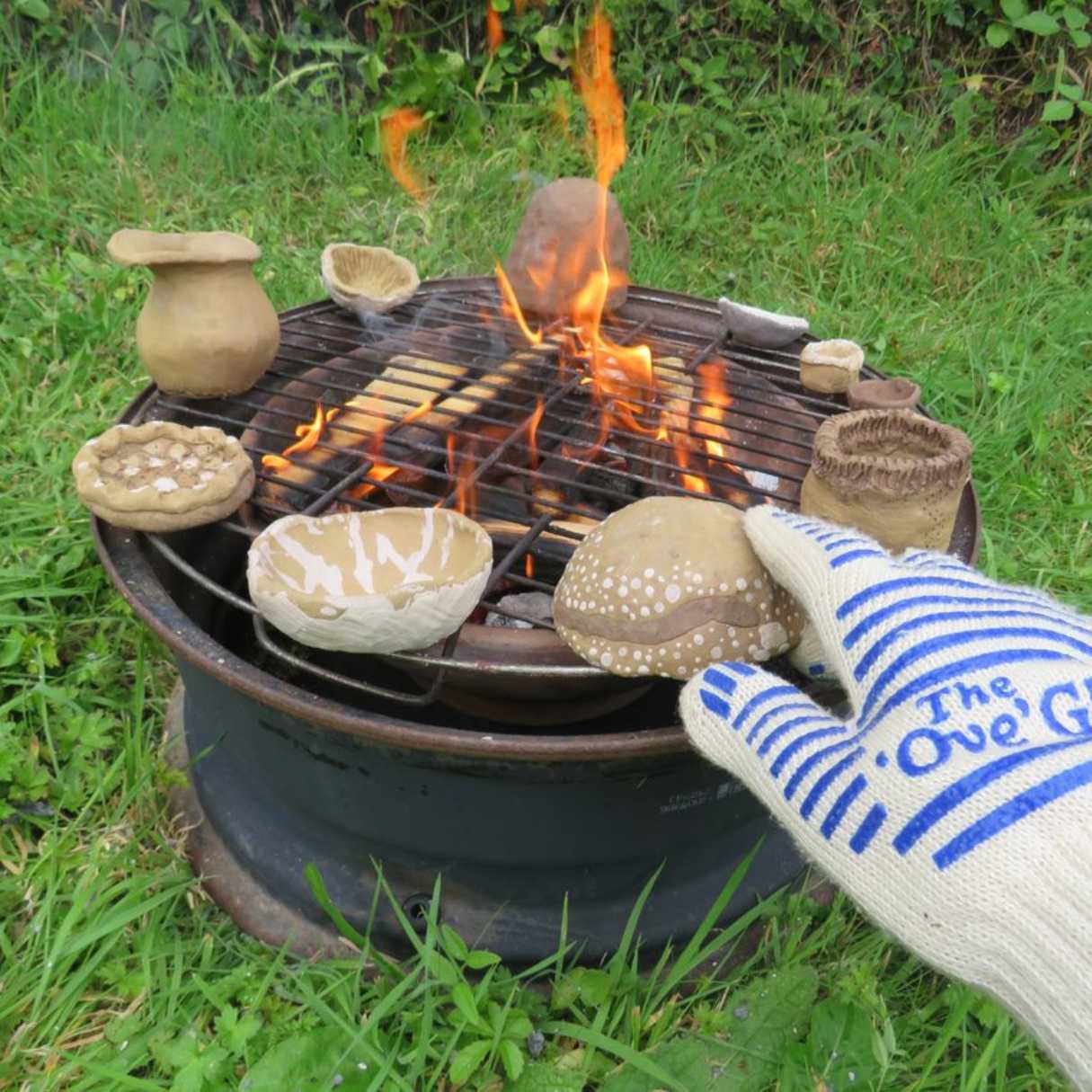
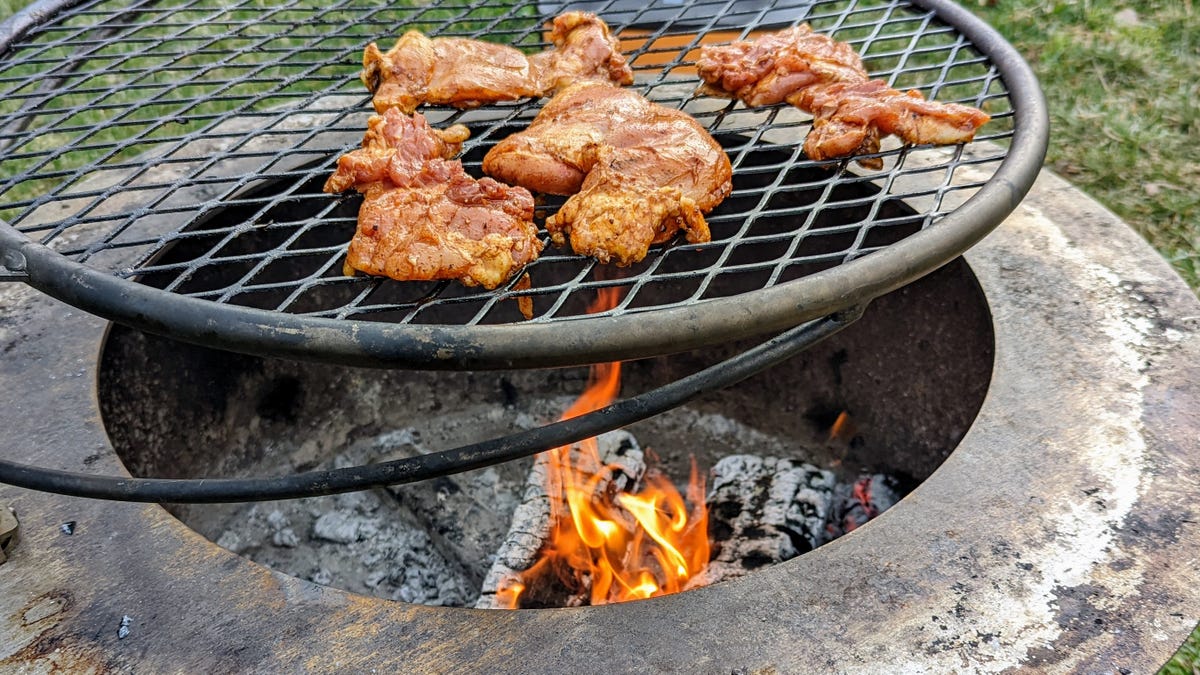
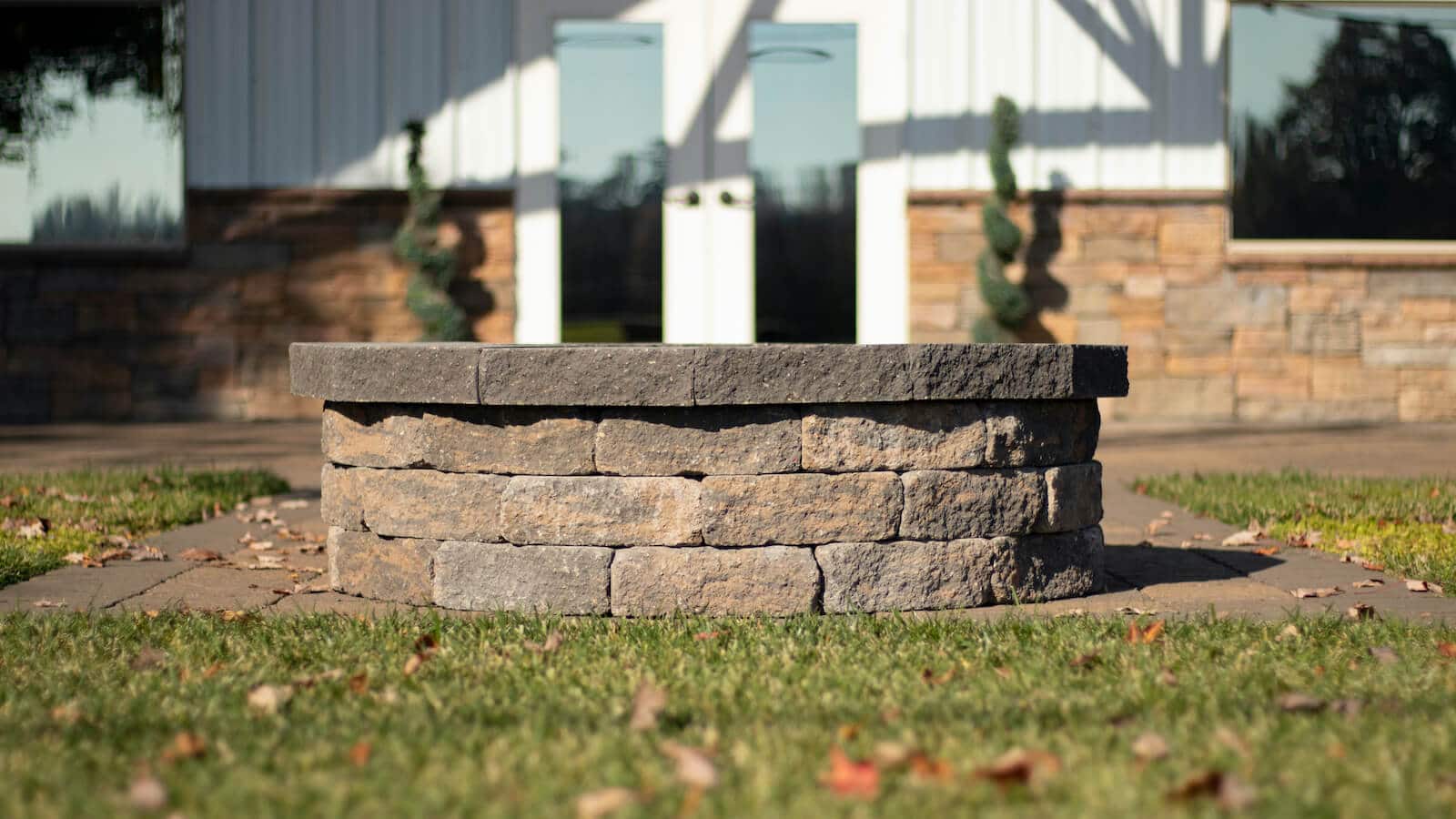
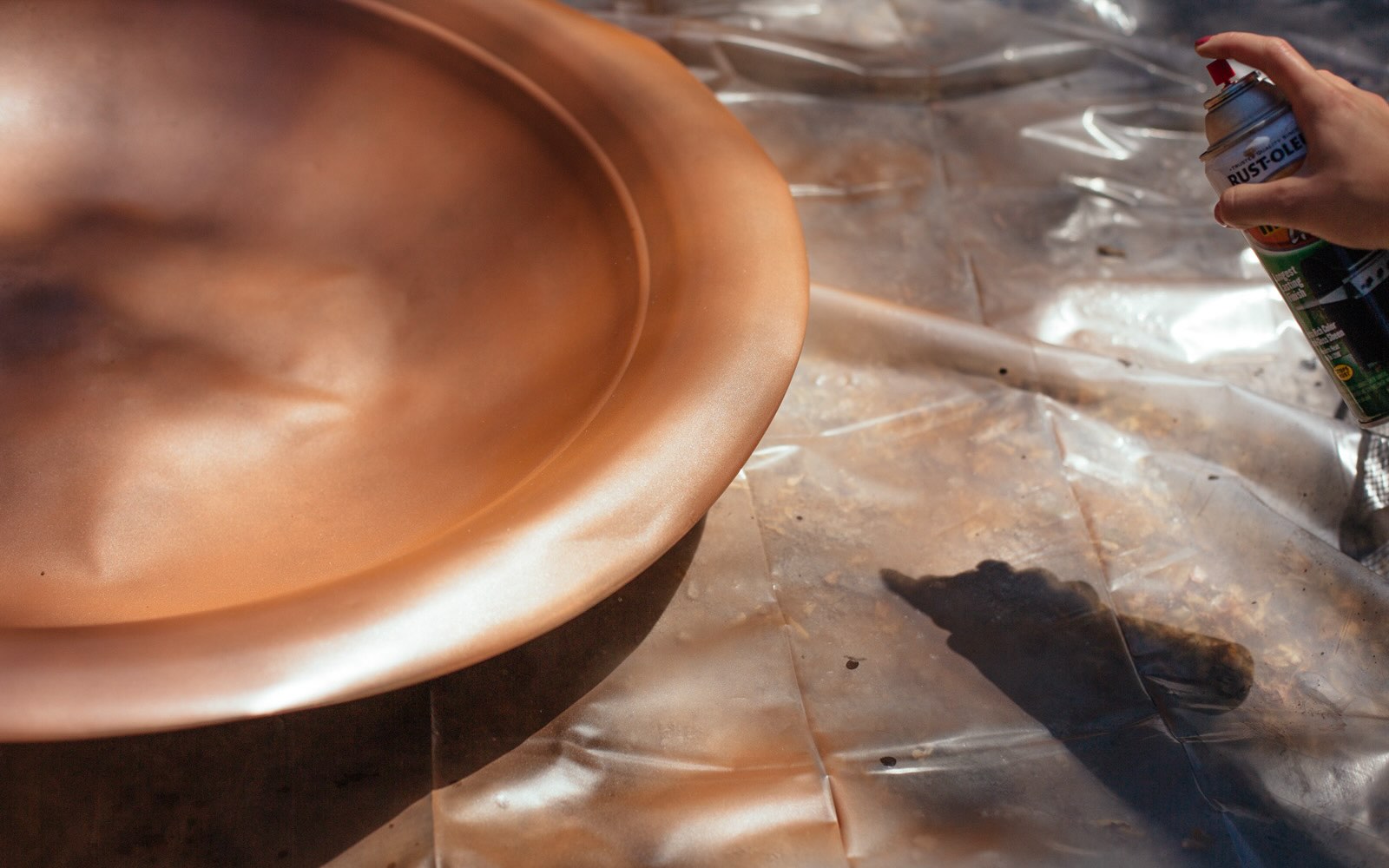
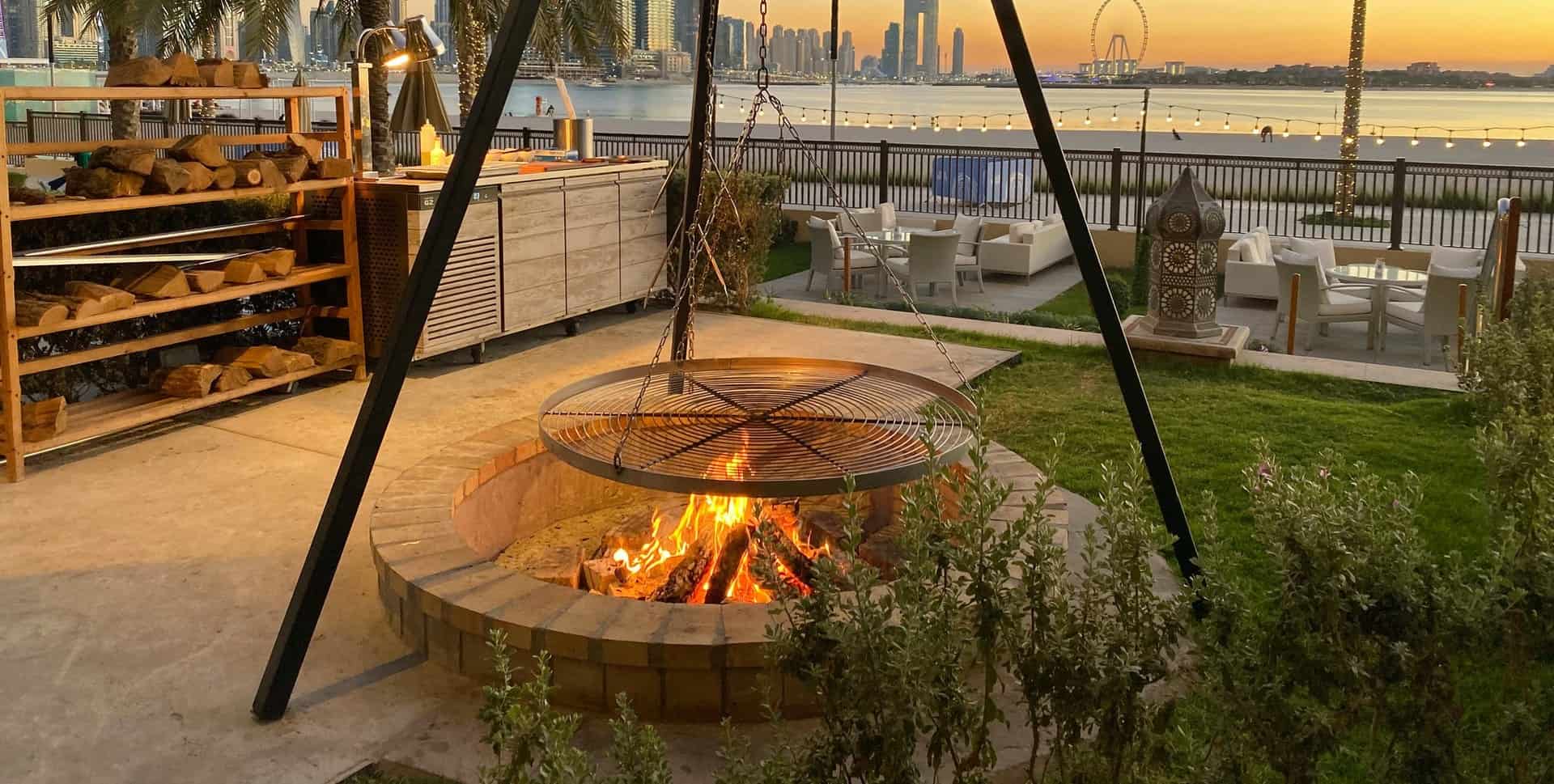
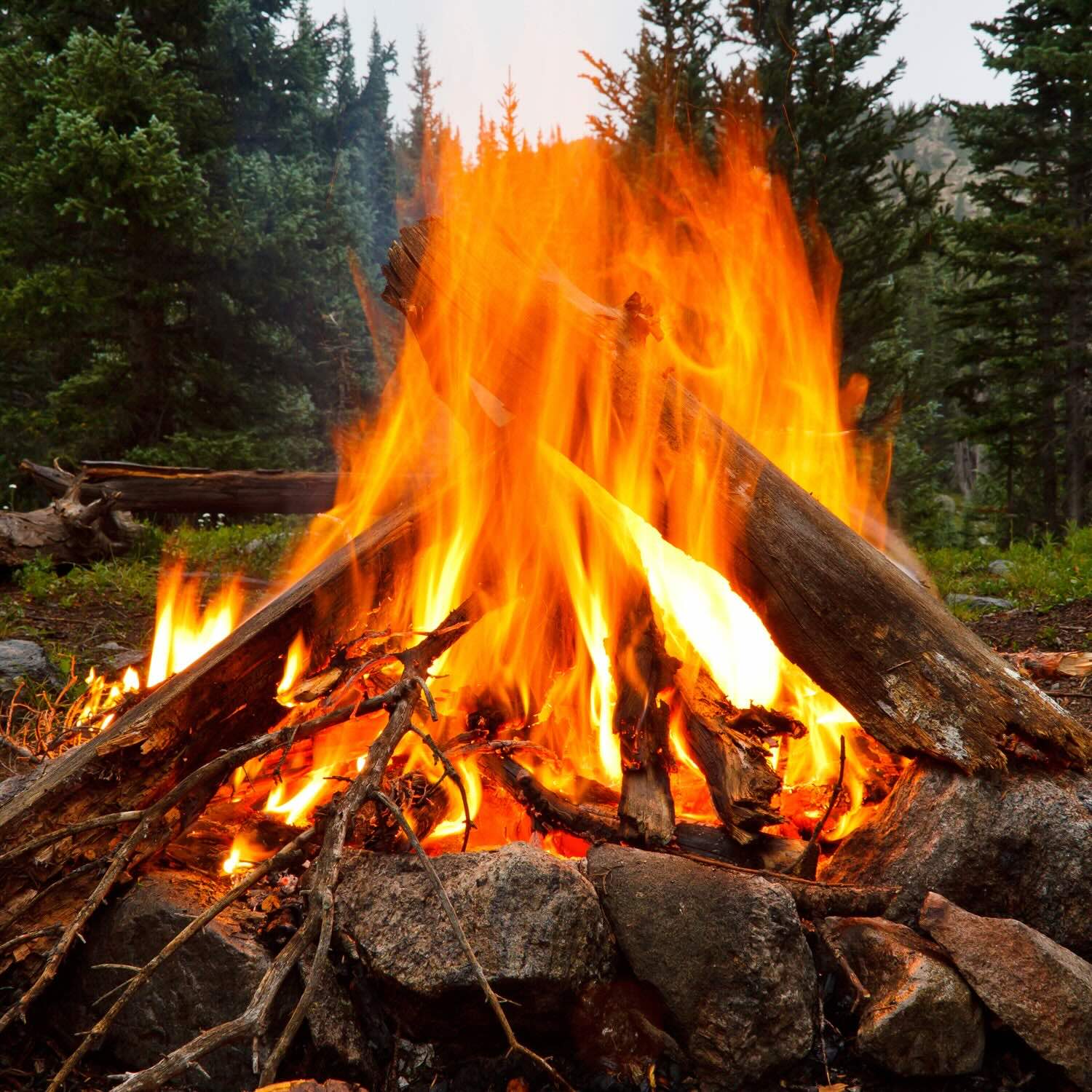
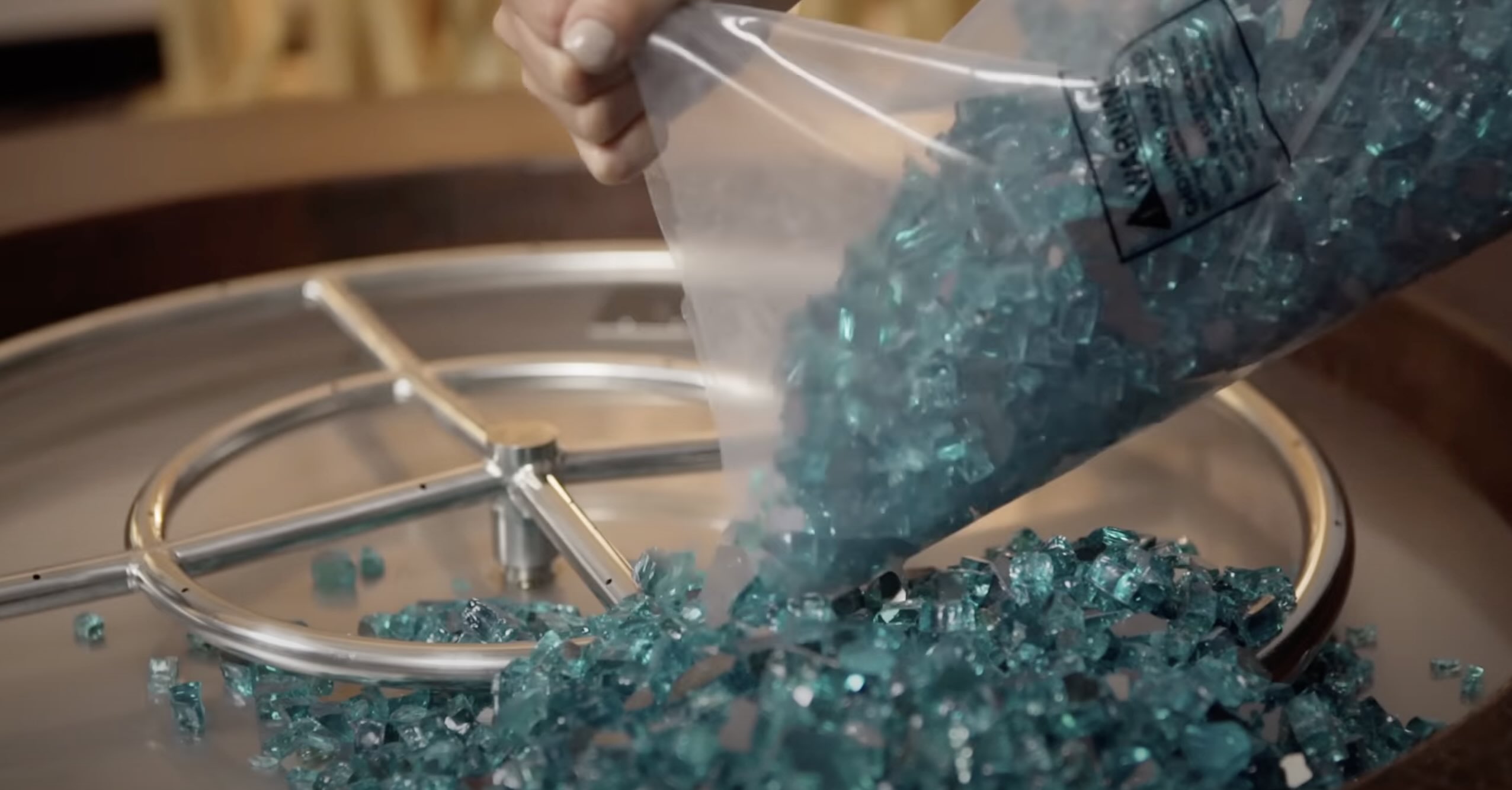
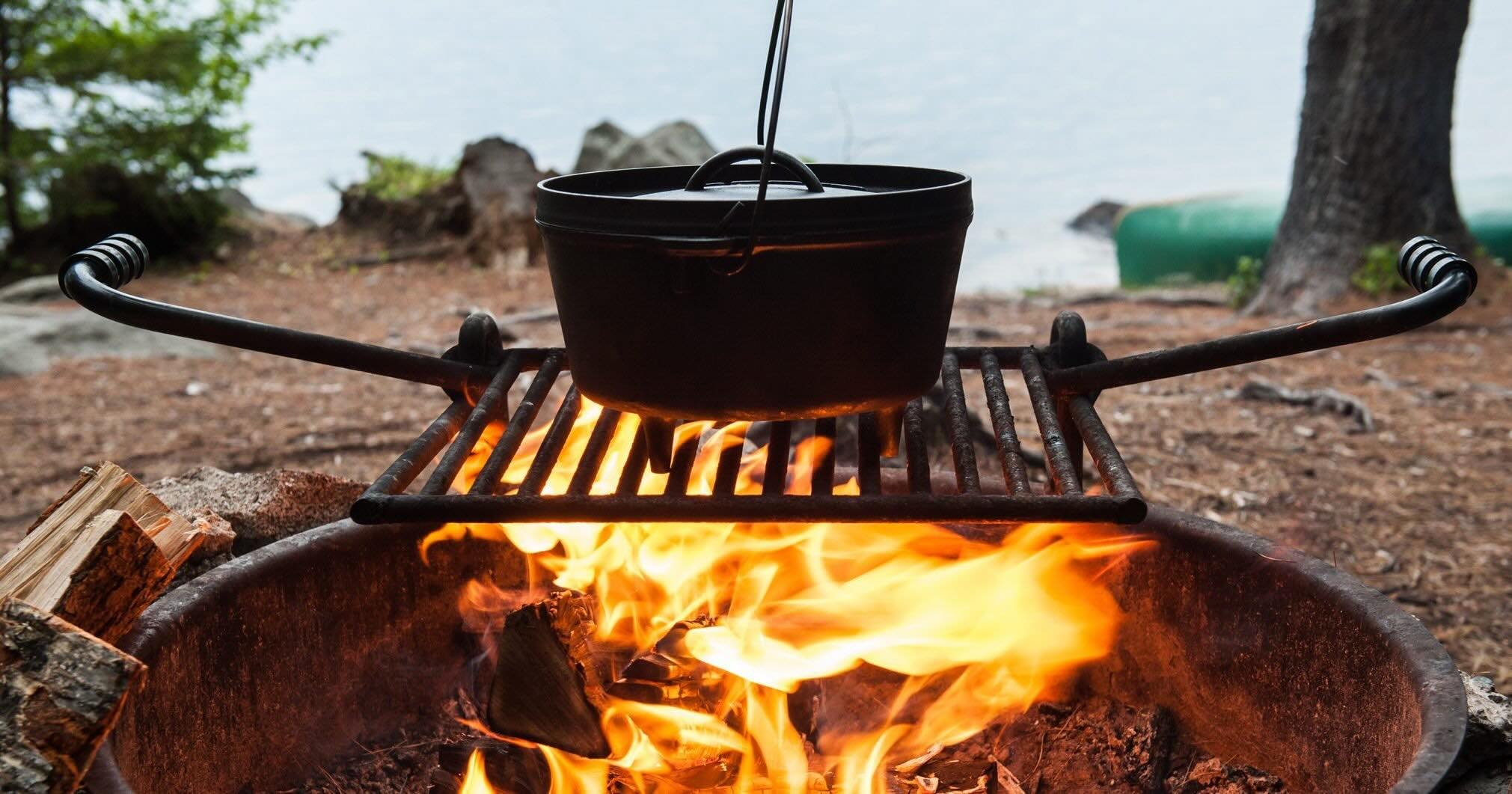
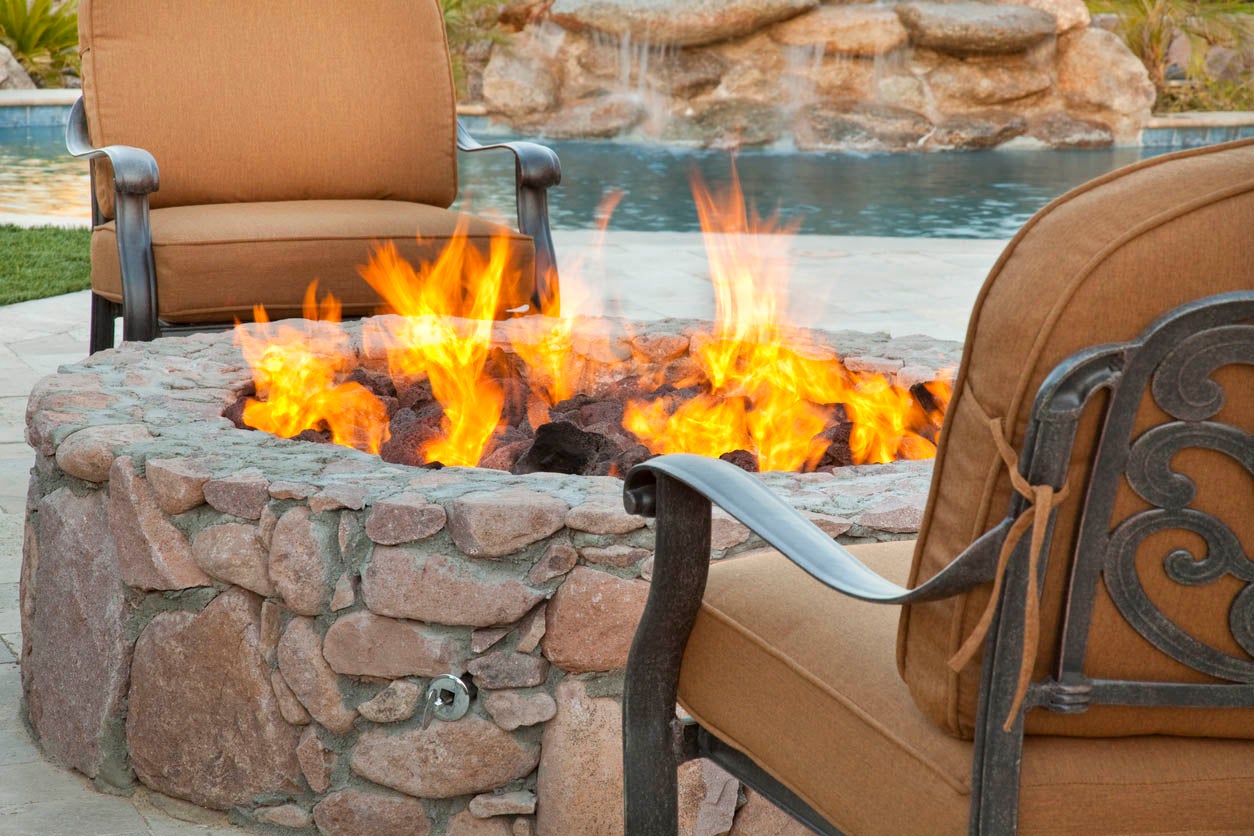
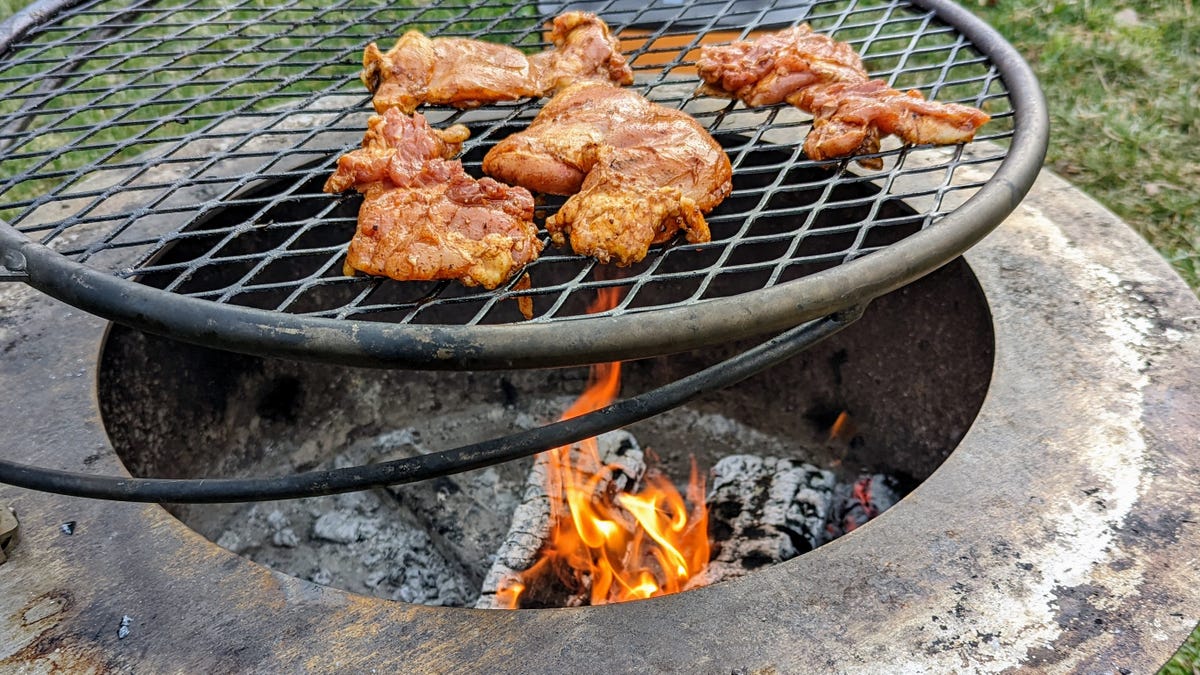
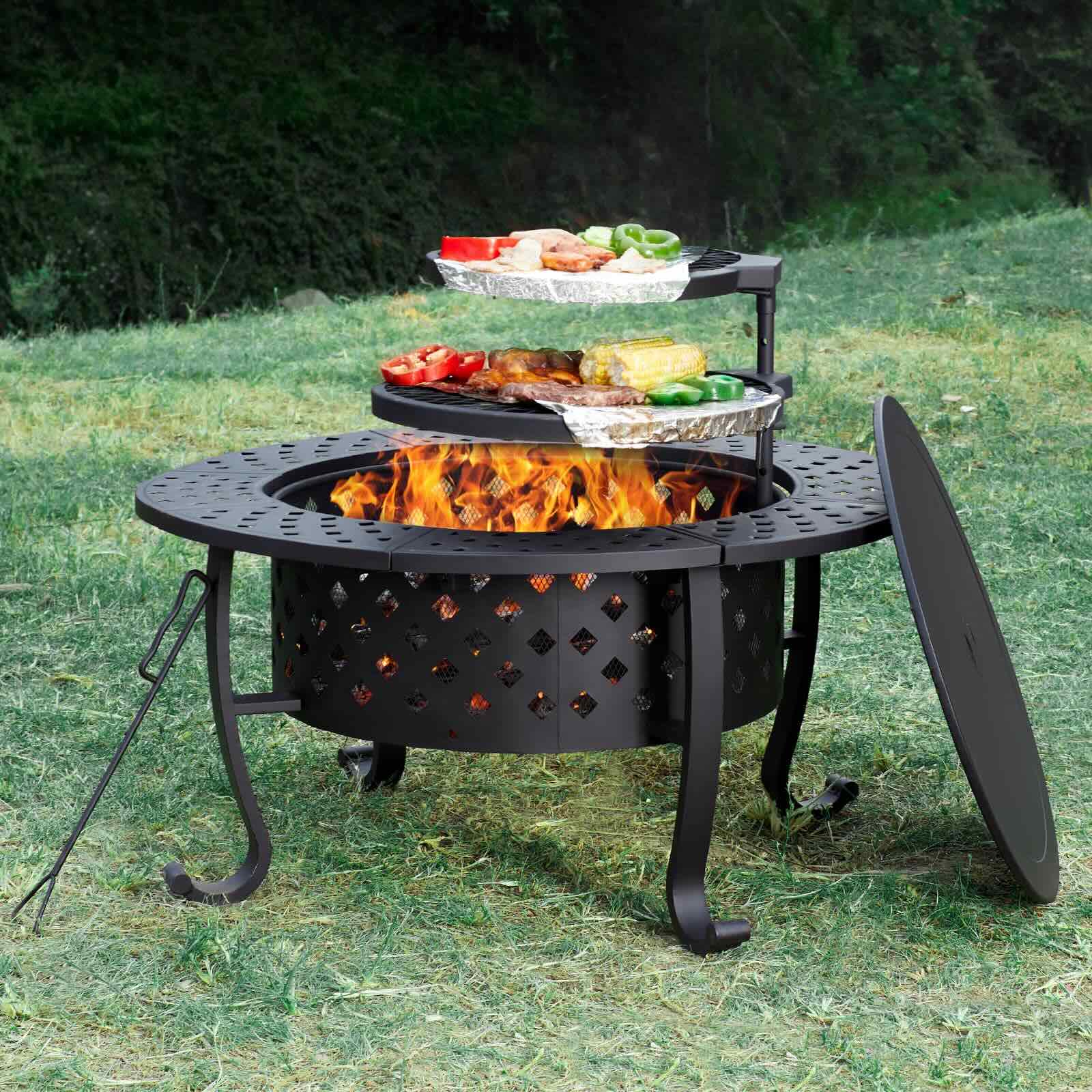
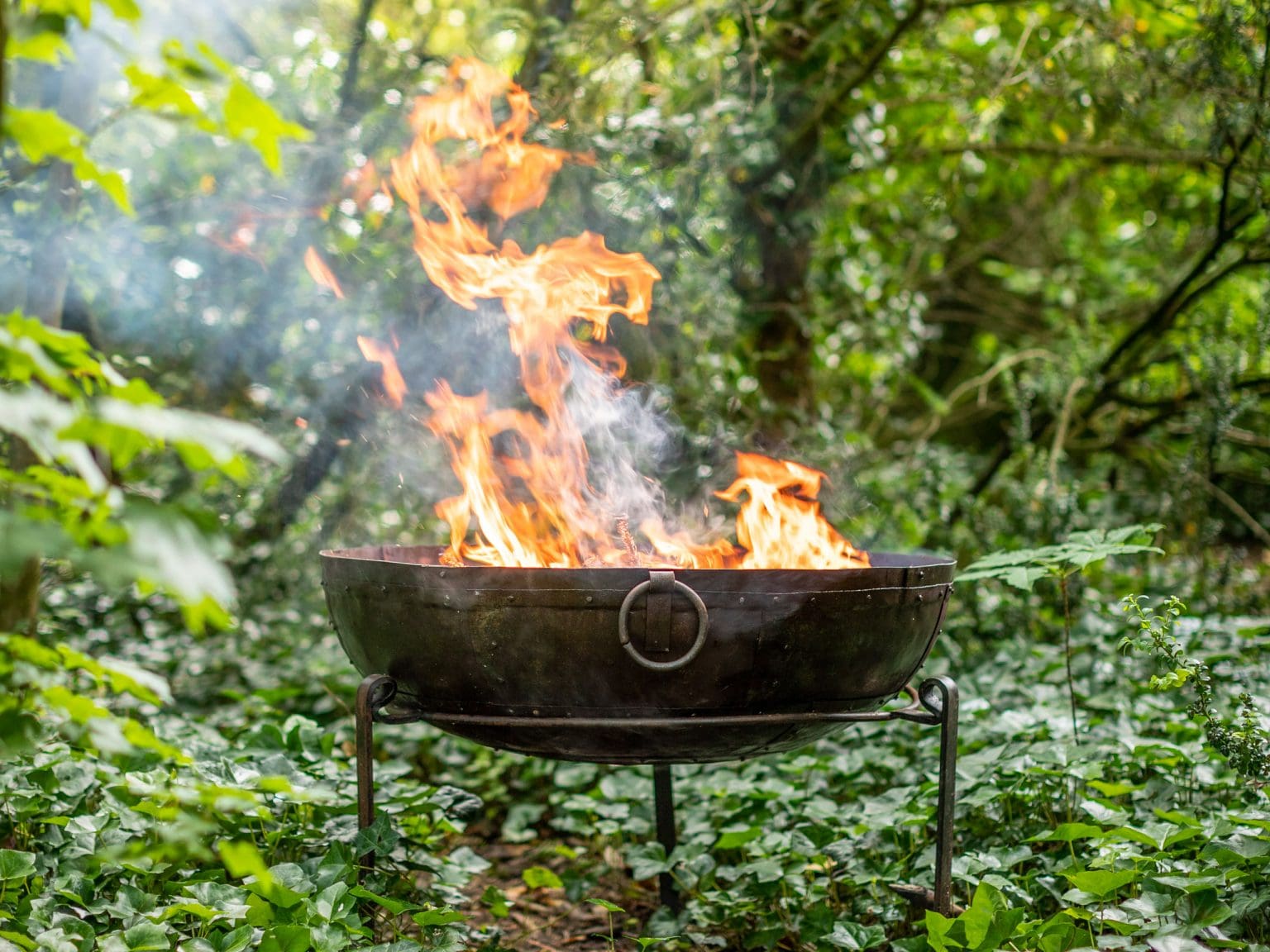


0 thoughts on “How To Fix A Rusted Fire Pit”